Mechanism of action of GABA-A, GABA-B and GABA-C. Allosteric modulators. Action of Benzodiazepines (benzos) and Flumazenil. This video is available for instant download licensing here: https://www.alilamedicalmedia.com/-/galleries/narrated-videos-by-topics/basic-neurobiology/-/medias/adc68490-5006-417c-a074-443af62dee15-gaba-receptors-and-gaba-drugs-narrated-animation Voice by: Sue Stern ©Alila Medical Media. All rights reserved. Support us on Patreon and get FREE downloads and other great rewards: patreon.com/AlilaMedicalMedia Gamma-aminobutyric acid, or GABA, is the primary INHIBITORY neurotransmitter in the mature brain. It REDUCES neuronal activity of target cells through its binding to GABA receptors present on the cell surface. Nearly half of all synapses of the brain express some kind of GABA receptor and are thus responsive to GABA. There are at least 3 types of GABA receptors: GABA-A, GABA-B and GABA-C. GABA-A and GABA-C are ligand-gated chloride channels. Upon transmitter binding, they open and allow chloride ions to flow into the neuron, making it more NEGATIVE, or HYPER-polarized, and thus LESS likely to generate action potentials. GABA-B acts through a G-protein to activate potassium channels, which allow positively-charged potassium to flow OUT of the cell, again resulting in membrane HYPER-polarization and a subsequent decrease in neuron responsiveness. GABA is believed to play a major role in controlling neuronal hyperactivity associated with fear, anxiety and convulsions. GABA-A receptor is composed of 5 protein subunits. In addition to binding sites for GABA, it has allosteric binding sites for other substances known as GABA modulators. These are molecules that can INCREASE or DECREASE the action of GABA, but have no effect in the absence of GABA. For example, benzodiazepines, a class of drugs used to treat anxiety, bind to GABA-A receptor and facilitate its binding to GABA, thus potentiating GABA inhibitory effect. Other positive modulators include barbiturates, alcohol, propofol, among others. Examples of negative modulators are convulsants, such as Flumazenil. Flumazenil reverses the effects of benzodiazepines by competing with them at the same binding site on GABA-A. All images/videos by Alila Medical Media are for information purposes ONLY and are NOT intended to replace professional medical advice, diagnosis or treatment. Always seek the advice of a qualified healthcare provider with any questions you may have regarding a medical condition.
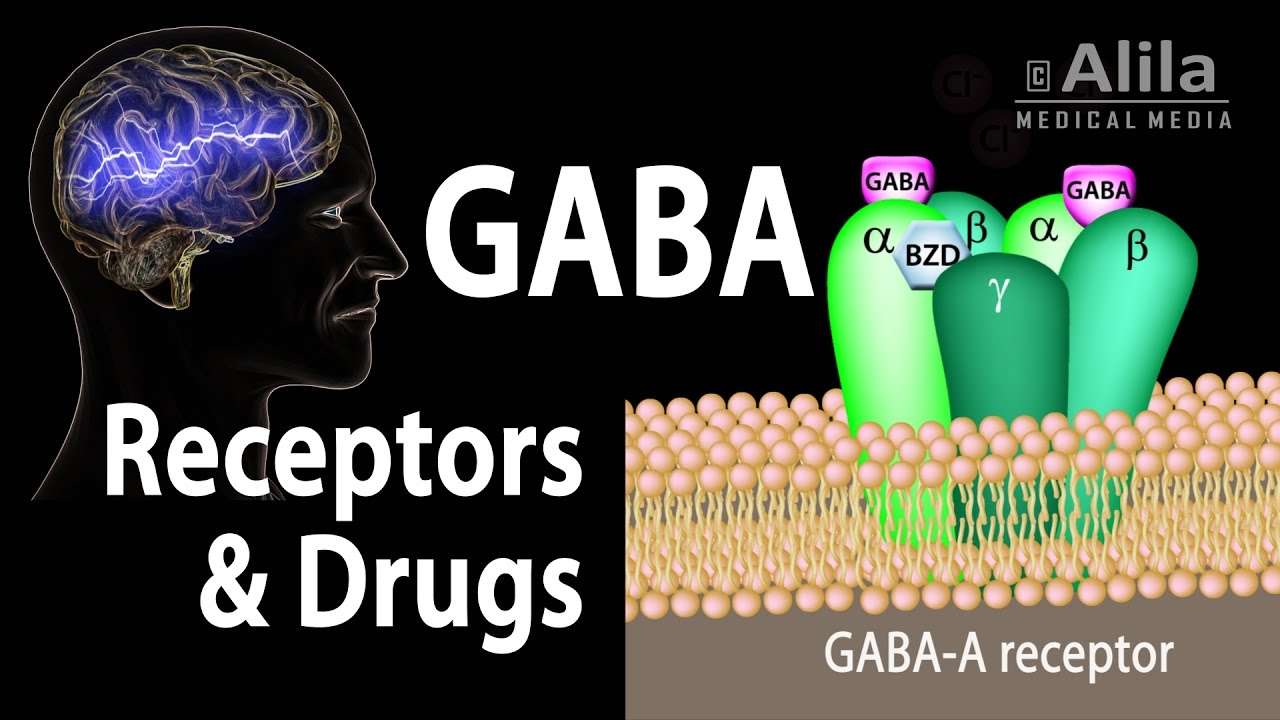
Neuroscience Basics: GABA Receptors and GABA Drugs, Animation
- Post author:
- Post published:May 25, 2021
- Post category:Uncategorized
- Post comments:0 Comments
You Might Also Like
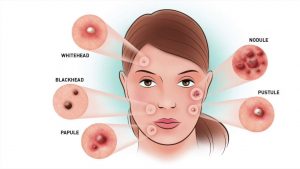
6 Different Types Of Pimples That You Should Know
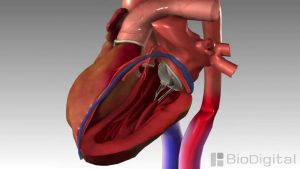
3D Medical Animation – Congestive Heart Failure
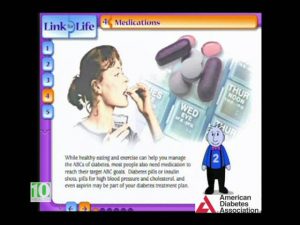
Diabetes Education
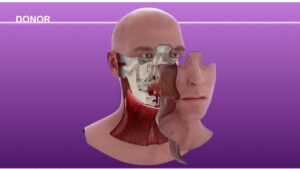
Plastic Surgery Video – 1

Fight Anemia Naturally by Eating These 7 Foods

Surya Namaskar – Kalari Version – Part 1

Human Body, Body Building Muscle Building Anatomy Physiology Video – 24

Easy High Protein Bodybuilding Breakfast

Orlistat 120mg 60 cápsulas – Opinião do profissional Diego Gil

How to Perform Step Ups – Exercise Tutorial
![Read more about the article Pantoprazole; Errors, Side Effects, & What to Do [Doctor Interview]](https://videos.drmaheshkumar.com/wp-content/uploads/2021/05/Pantoprazole-Errors-Side-Effects-What-to-Do-Doctor-Interview-300x225.jpg)
Pantoprazole; Errors, Side Effects, & What to Do [Doctor Interview]

Improve Endurance and Stamina in only 7 minutes a day
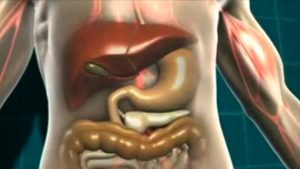
Energy Food Metabolism

Medication Resistance vs Insulin Resistance

ReShape Side Effects
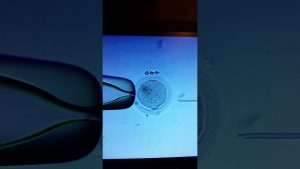
Sperm injection
Hyper Extension With Machine

Eating For Energy – Nutrition: Food during Workouts

Food Digestion & Absorption Video – 2
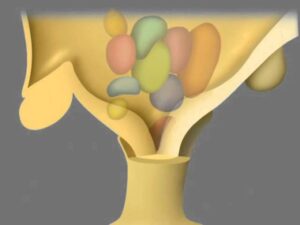
The endocrine system

How to Do a Side Crunch | Ab Workout

Goodmorning-1

How to relax tight and sore upper back & neck muscles Physio Adelaide

Lipid Profile
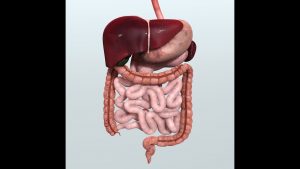
Anatomy and Physiology of Digestive System

Alli Weight Loss Aid Overview Animation

Donkey Kicks-6

Surya Namaskar Video – 2

BBI Side Laterals S.S. Front Cable Raises

BMI Body Mass Index Gone Wrong! and Aspire Higher

Animation Hair Transplant – Surgery Istanbul Cosmetic

Oral And Maxillofacial Surgery Video – 2

V-Shape Back Workout

What Are The Symptoms Of Chronic Kidney Disease? – Manipal Hospital

How to Do Barbell Lying Triceps Extensions for Best Results!

Leg Press-5
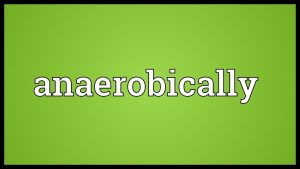
Anaerobically Meaning
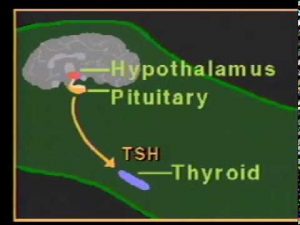
thyroid hormone physiology.mpg

Bodybuilding Anatomy ARMS

Supplements Video – 3

General Practice Video – 2

